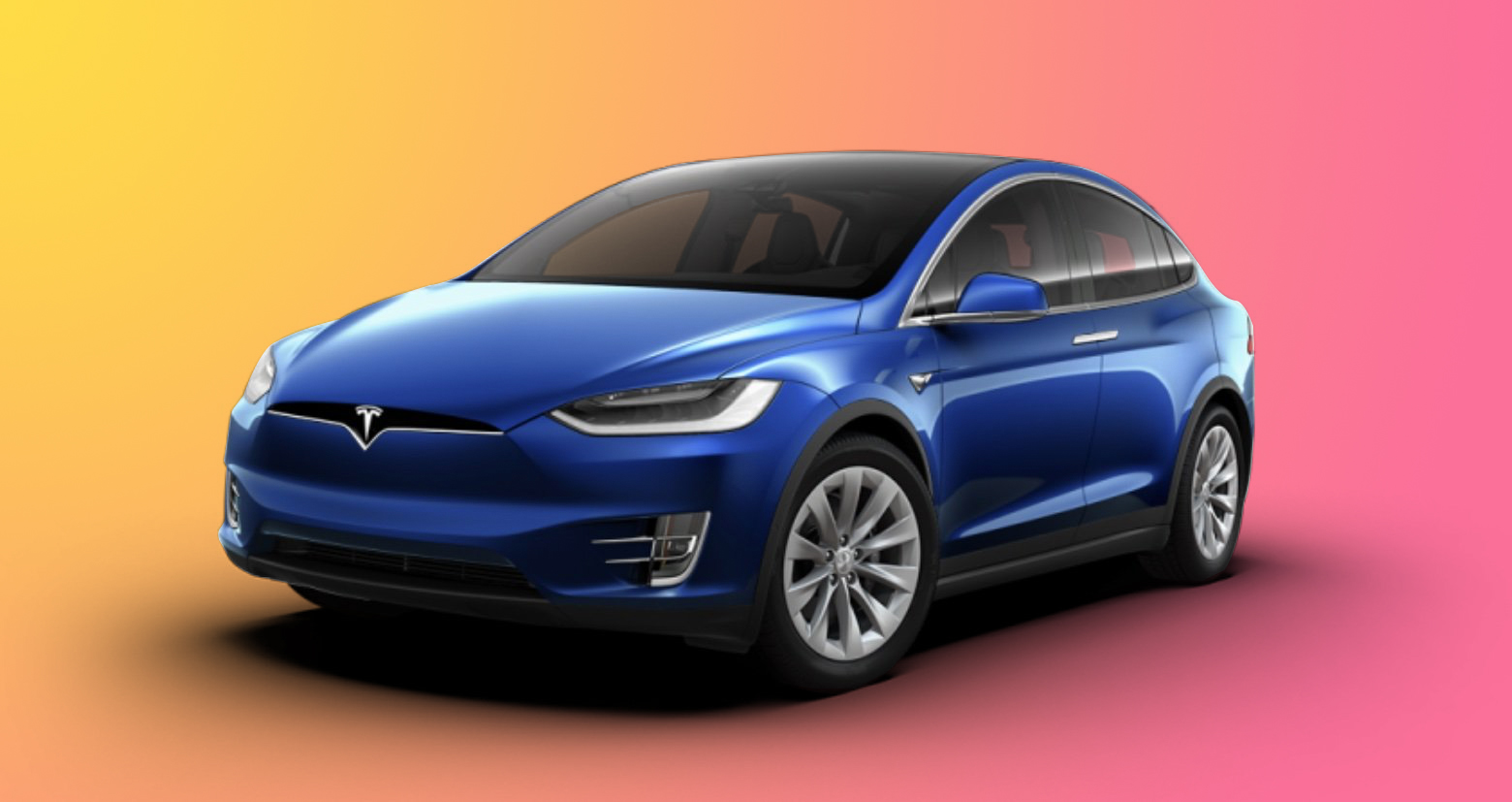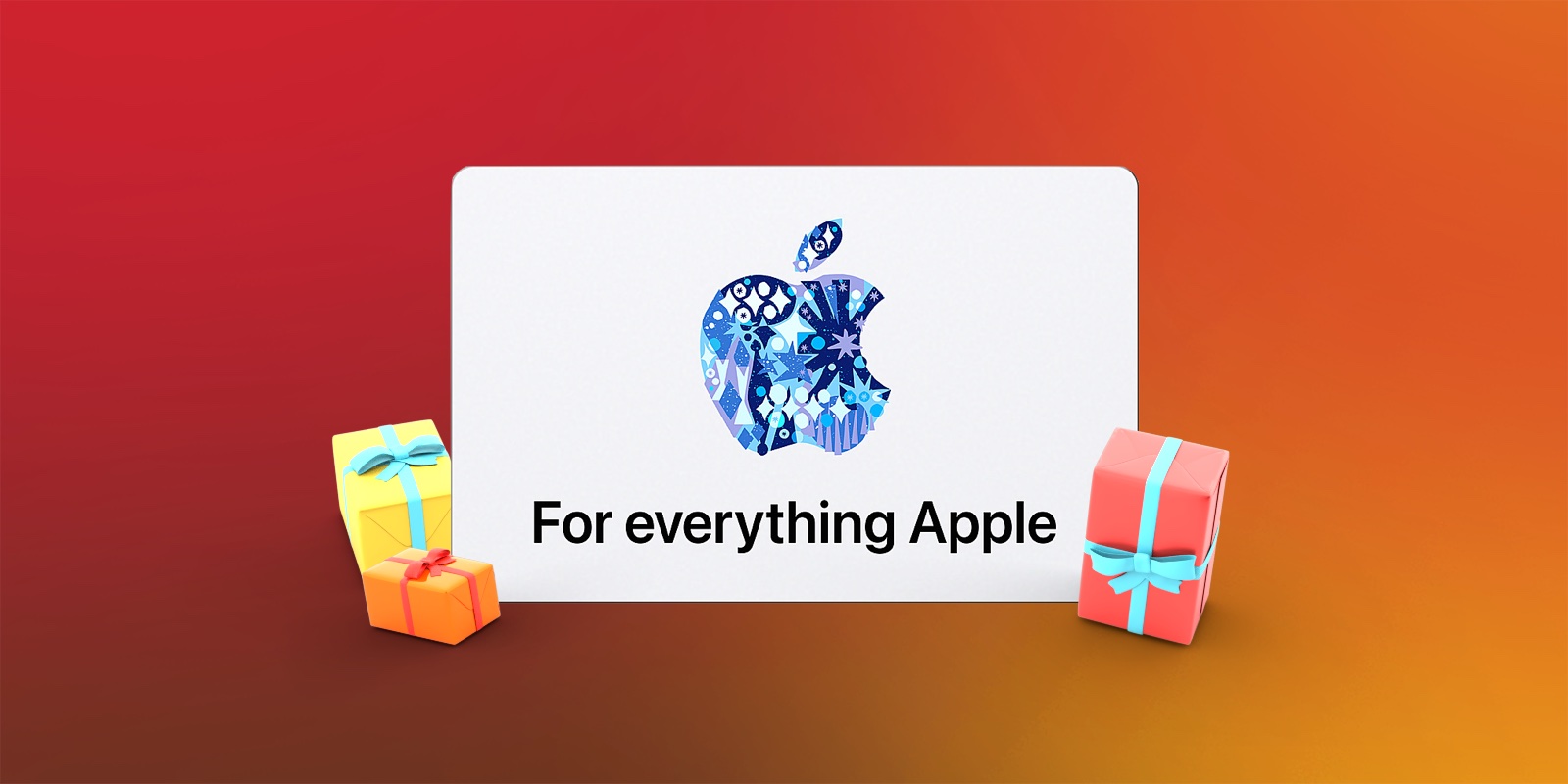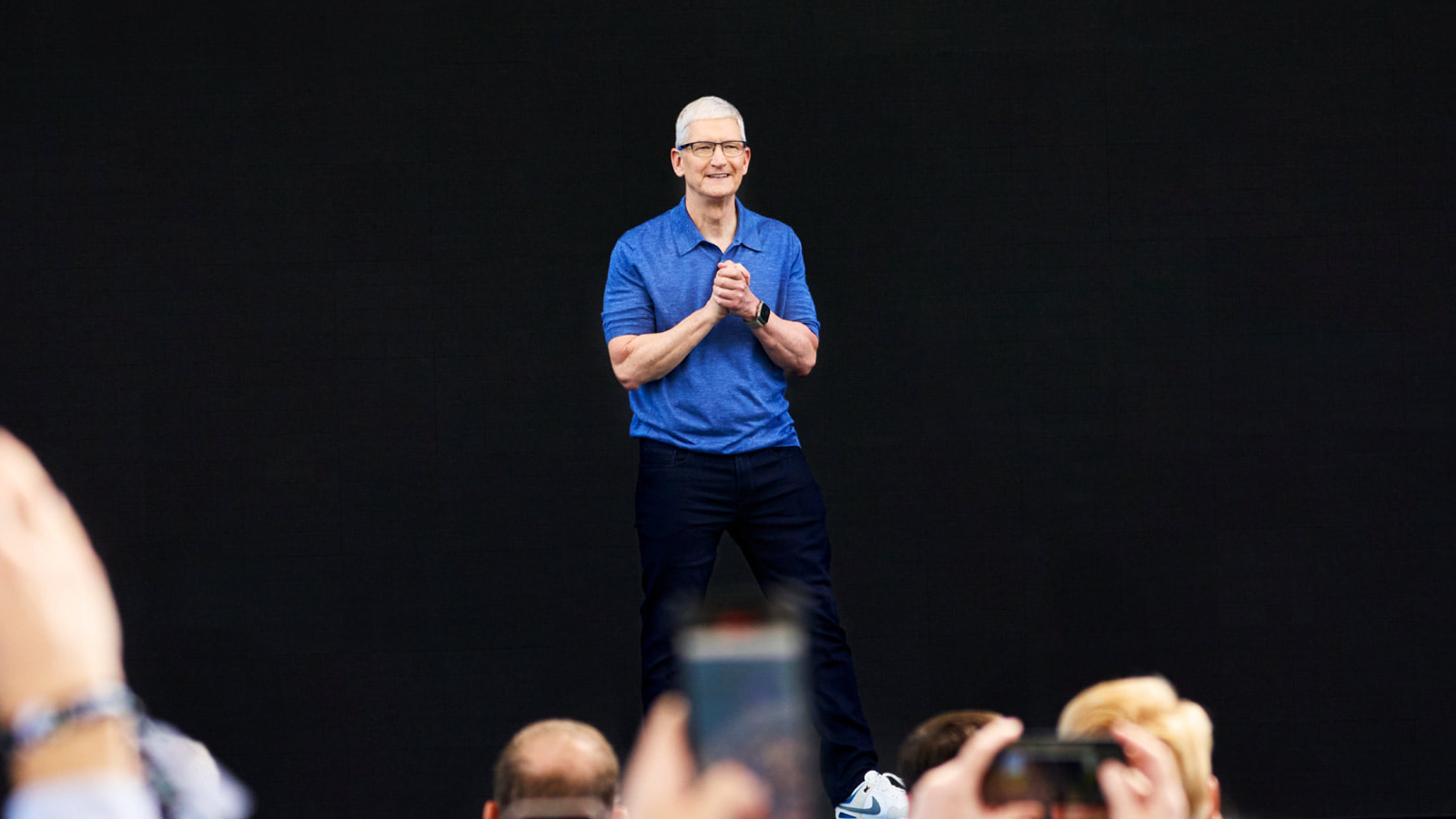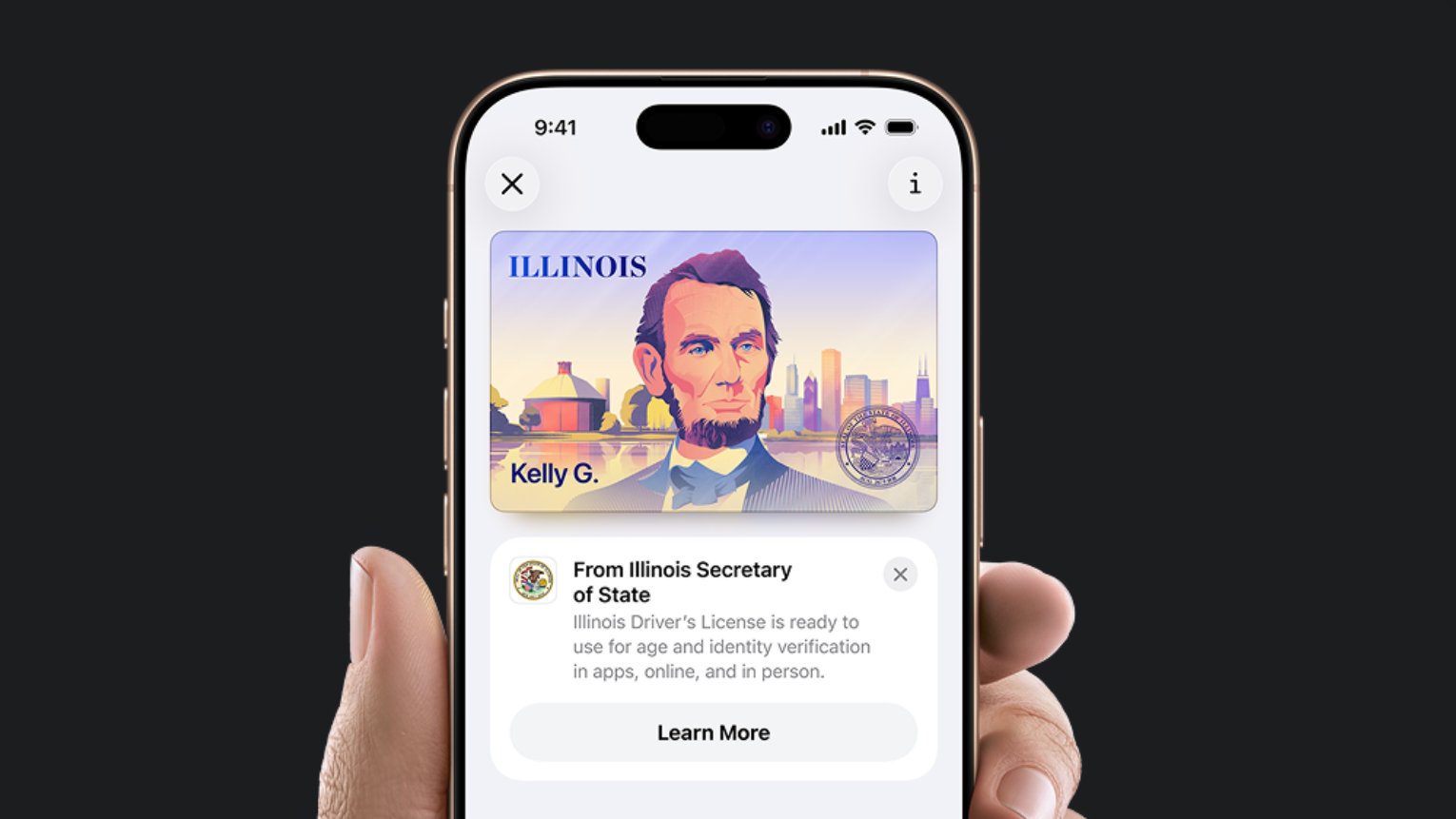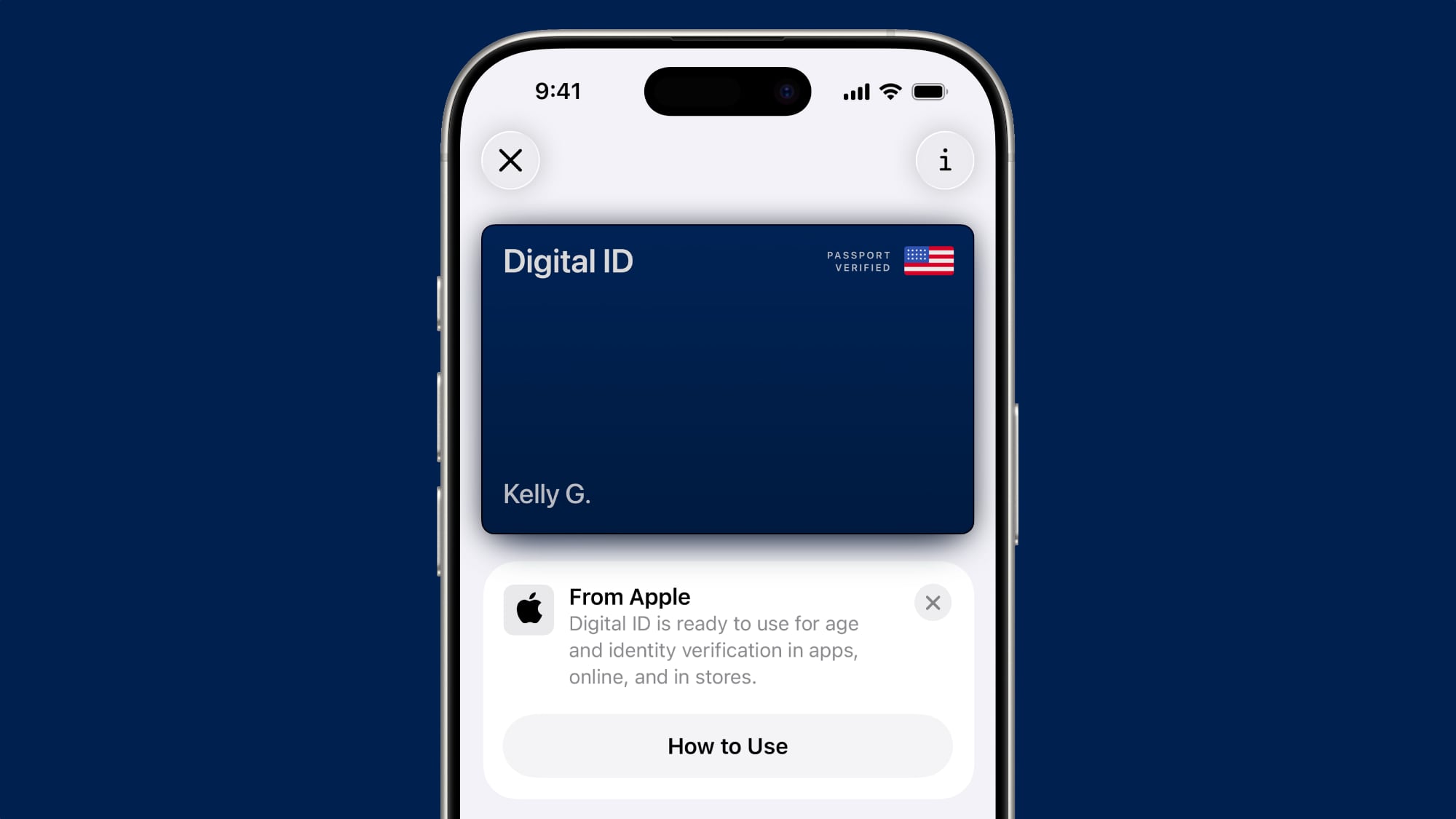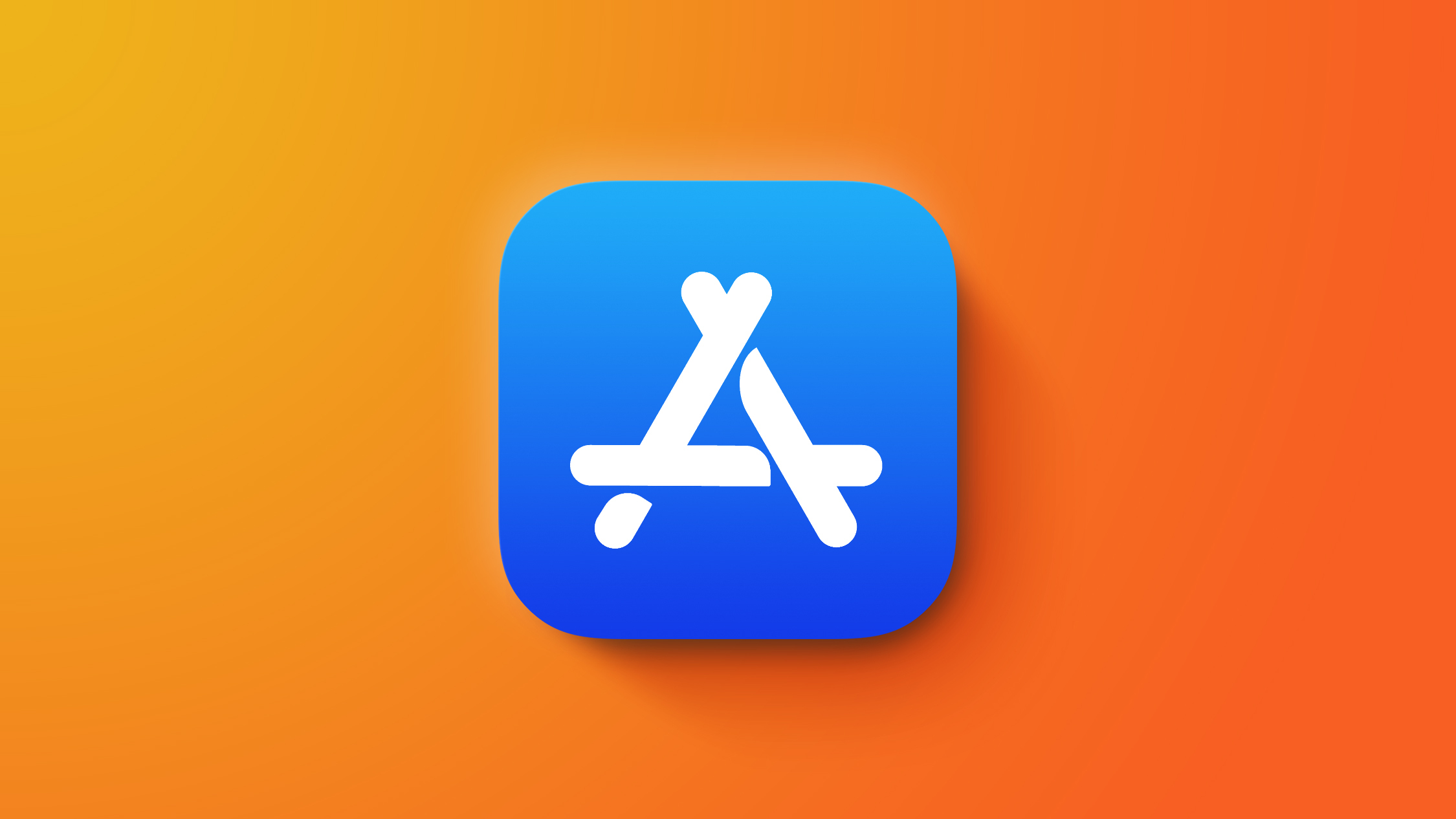Merry Christmas and Happy Holidays from MacRumors! News in the Apple world has unsurprisingly been relatively slow over the past week, but Apple's upcoming foldable iPhone managed to make its way back into the news, while we also shared updates on current and future Apple TV news.

iOS 26.3 will be bringing some new features, particularly for users in the EU, so we'll look for additional betas and eventually a public release once the new year rolls around, and read on below for all the details on these stories and more!
Top Stories
Why Apple's Foldable iPhone May Be Smaller Than Expected
Apple's first foldable iPhone, rumored for release next year, may turn out to be smaller than most people imagine, if a recent report and new mockups are anything to go by.
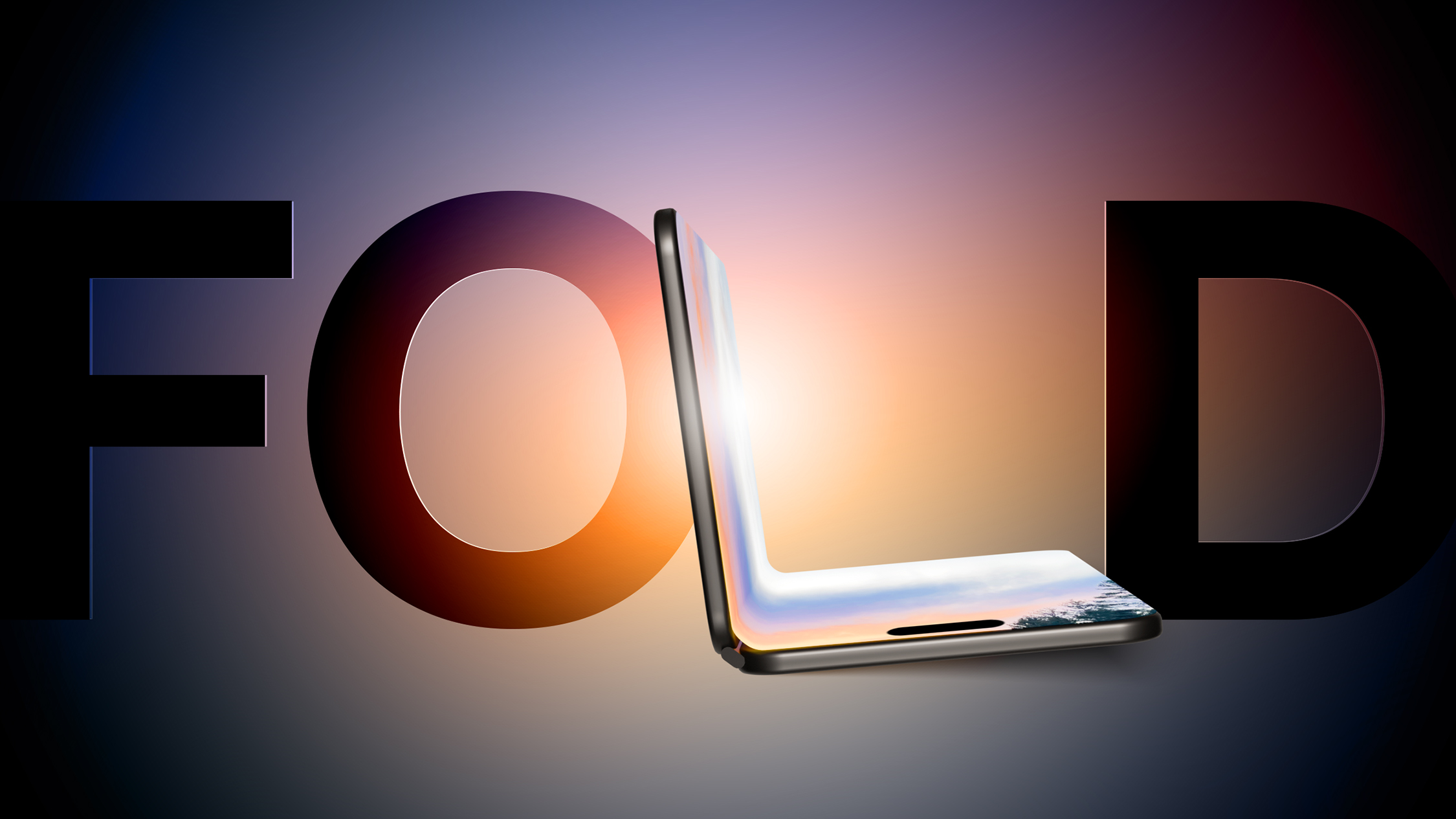
Based on
The Information's recent report that the foldable iPhone will feature a 5.3-inch external display and a 7.7-inch internal display when unfolded, designer Ben Geskin
mocked up a physical representation of what such a device might look like in the hand, and it's actually remarkably compact with a form factor very similar to a passport book.
Apple is reportedly still
testing next-generation ultra-thin flexible glass for the device's interior display, seeking to find the best solution to make the crease down the middle essentially invisible.
Where's the New Apple TV?
Apple hasn't updated the Apple TV 4K since 2022, and 2025 was supposed to be the year that we got a refresh. There were rumors suggesting Apple would release the new Apple TV before the end of 2025, but it's clear that's not going to happen now.
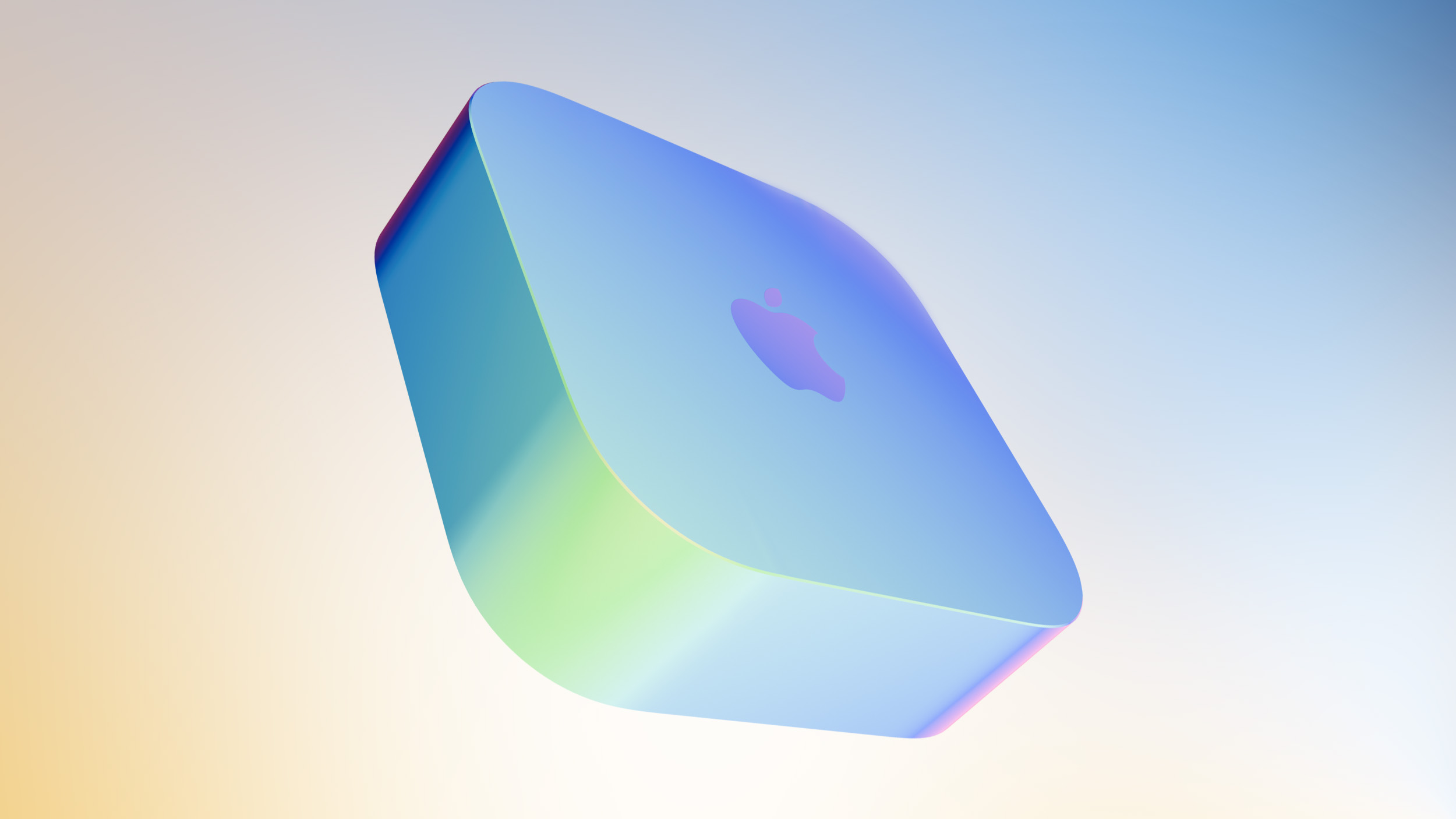
It's not clear what happened, but it's possible Apple decided to hold all home-related product announcements until spring 2026, when the smarter, more capable version of Siri will be ready in iOS 26.4.
In the meantime,
check out our video recapping what we might see in the next-generation Apple TV.
Turn Off the User Profiles Screen on Apple TV 4K
Some current Apple TV users have been annoyed by the new profile selection screen that appears every time you wake the device. While it's a handy feature for multi-user households, there are plenty of households that want to use their Apple TVs under only a single profile, so the selection screen is simply a nuisance.
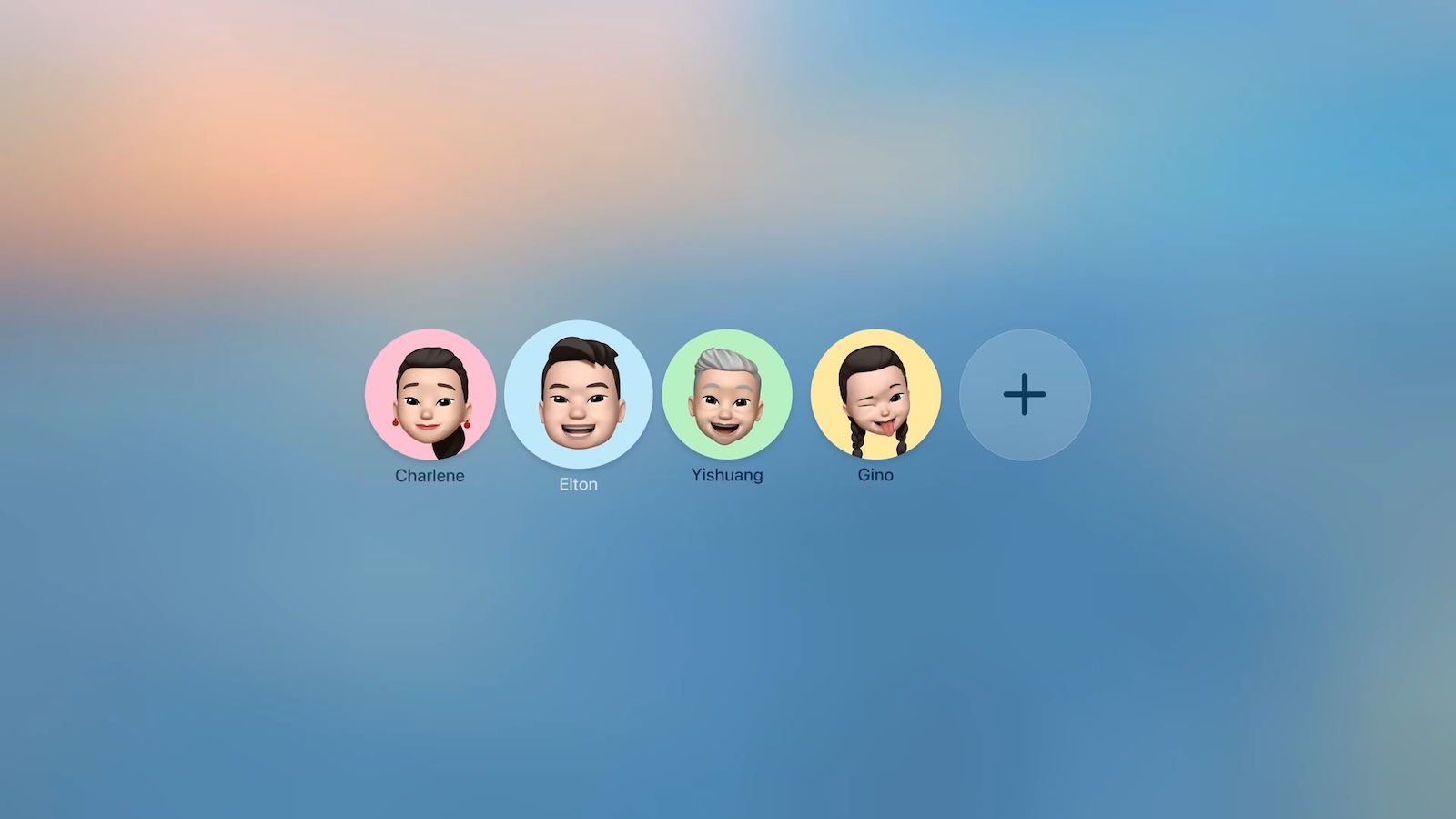
Fortunately,
there's a relatively easy way to turn off the profile selection screen if you know to look for it.
iOS 26.3 Brings AirPods-Like Pairing to Third-Party Devices in EU Under DMA
Apple is continuing to increase interoperability support in its products for users in the European Union due to the Digital Markets Act, and the
EU is once again crediting the DMA for new expansions coming in iOS 26.3.

Third-party devices like earbuds will be able to seamlessly pair with iOS devices similar to how AirPods and Beats products already work, by simply bringing the accessory close to the device to bring up a simple one-step pairing process.
Users in the EU will also see expanded notifications support for third-party accessories like smartwatches, allowing users to view and interact with incoming iOS notifications on a third-party device as they can already do on an Apple Watch.
Apple Hit With Supersized Fine in Italy Over an iPhone Privacy Feature
Italy's Competition Authority (AGCM) has
imposed a €98.6 million ($116 million) fine on Apple over its App Tracking Transparency feature.

Since the release of iOS 14.5 in April 2021, Apple has required apps to ask for permission before tracking a user's activity across other apps and websites for personalized advertising, as part of a feature named App Tracking Transparency. If a user selects the "Ask App Not to Track" option, the app is unable to access the device's advertising identifier.
In a press release and executive summary this week, the AGCM said the App Tracking Transparency rules are "disproportionate," and "harmful" to app developers and advertisers. Ultimately, it found that Apple abused its dominant position in the EU market.
iPhone 18 Trial Production to Start in February Ahead of Spring 2027 Launch
Apple is reportedly already preparing to
begin trial production of the iPhone 18 series after Chinese New Year, according to Weibo-based leaker Fixed Focus Digital.
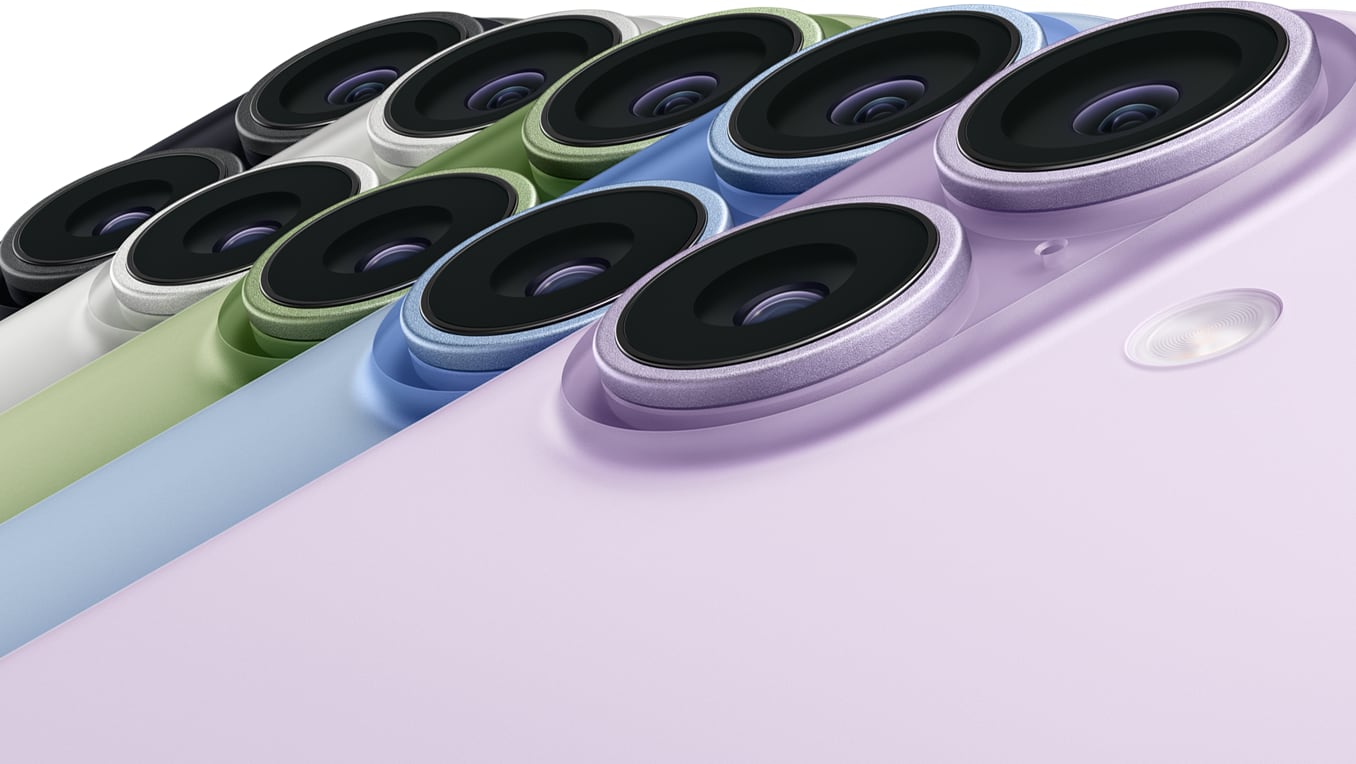
The claim suggests small-scale manufacturing runs will start once factories return to normal operations following the Lunar New Year shutdown, which typically ends in late February.
The Chinese leaker claims that production lines for the iPhone 18 Pro models have already been set up, indicating that the Pro hardware design has already been locked in. Multiple sources have reported that Apple will move to a split-release strategy, with the Pro and Fold models debuting in the usual fall time frame while the standard iPhone 18 won't be released until spring 2027 alongside an iPhone 18e and potentially an iPhone Air 2.
MacRumors Newsletter
Each week, we publish an email newsletter like this highlighting the top Apple stories, making it a great way to get a bite-sized recap of the week hitting all of the major topics we've covered and tying together related stories for a big-picture view.
So if you want to have
top stories like the above recap delivered to your email inbox each week,
subscribe to our newsletter!
This article, "
Top Stories: iPhone Fold Mockup, Where's the New Apple TV?, and More" first appeared on
MacRumors.comDiscuss this article in our forums

